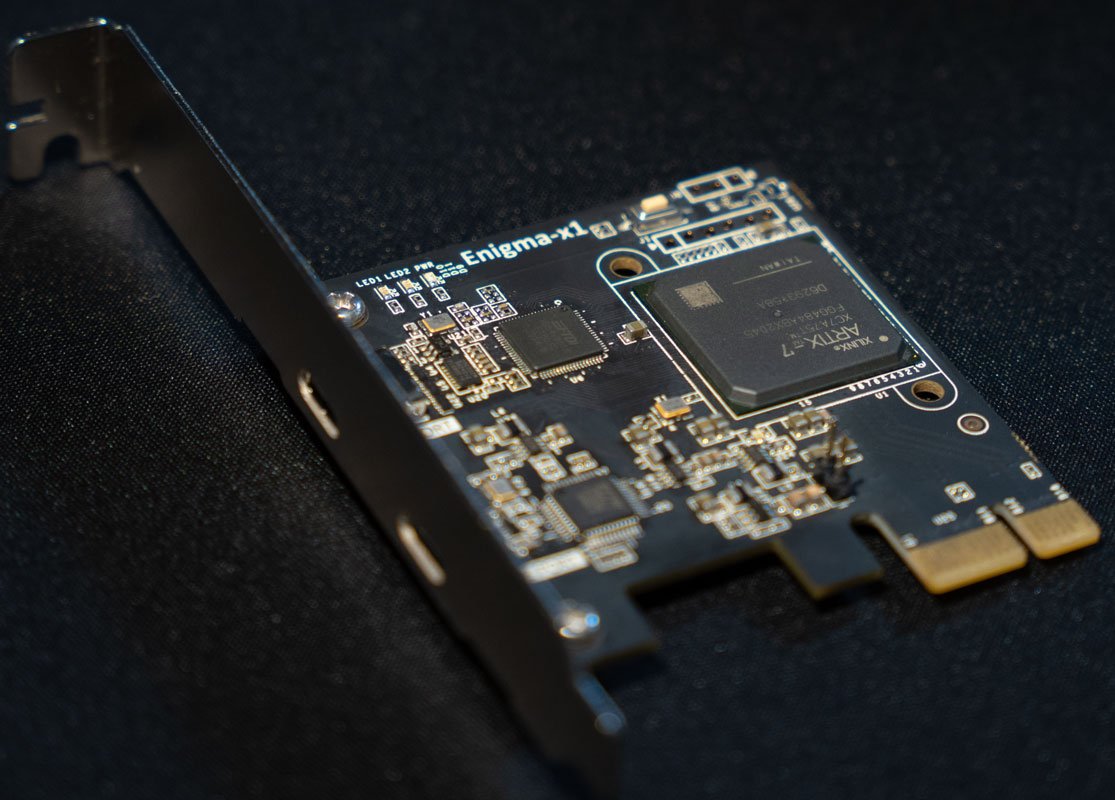Comparing Internal vs. External DMA Cards

Direct Memory Access (DMA) cards are intended to upgrade information transfer between the framework’s memory and fringe gadgets, bypassing the central processor to improve productivity. While choosing a DMA card, one key choice is whether to pick an inside or outside card. Each type enjoys particular benefits and contemplations, influencing framework execution and ease of use. The dma fuser helps in merging data streams seamlessly, which is essential for high-performance computing and large-scale data analysis.
Interior DMA Cards: Benefits and Contemplations
Combination and Execution
Inner DMA cards are introduced directly onto the motherboard or a development opening inside the PC case. This combination by and large offers better execution due than the direct association with the framework’s inward parts. Inside cards frequently benefit from higher information transfer speeds and diminished idleness contrasted with outer arrangements, as they have direct access to framework assets.
Space and Feel
One of the upsides of inside DMA cards is that they don’t consume outside space, which can add to a cleaner and more coordinated workstation. Moreover, inward cards are less inclined to actual harm or impedance from outer elements, which can upgrade their unwavering quality.
Establishment and Upkeep
Introducing an interior DMA card requires opening the PC case and squeezing the card into an accessible extension space. This cycle might require some specialized ability, particularly for clients new to PC equipment. Upkeep and overhauls likewise include opening the case, which may be awkward for certain clients.
Outer DMA Cards: Benefits and Contemplations
Adaptability and Versatility
Outer DMA cards interface with the PC by means of ports like USB or Thunderclap. Their essential benefit is adaptability and simplicity of compactness. Clients can undoubtedly move the card between various frameworks or update without opening the PC case. This adaptability is especially valuable for clients who work with different machines or need to update their equipment every now and again.
Simplicity of Establishment
Outer DMA cards are ordinarily simpler to introduce contrasted with inside cards. They normally include attachment and-play usefulness, which works on the arrangement interaction. This simplicity of establishment goes with outer cards a helpful decision for clients who incline toward an issue free arrangement.
Picking among interior and outer DMA cards relies upon your particular necessities and inclinations. Inside DMA cards commonly offer better execution and dependability yet require more specialized skill for establishment. Outside DMA cards give more prominent adaptability and usability, making them reasonable for clients who esteem transportability and comfort. The use of dma fuser reduces latency in data transmission, resulting in quicker access to critical information for users.







